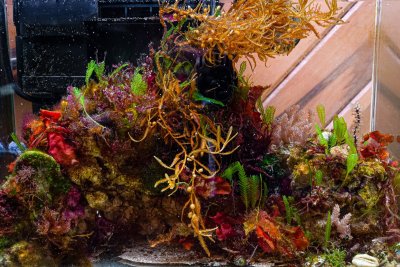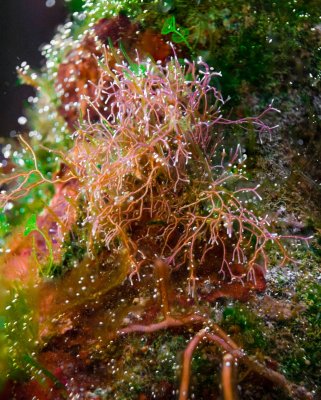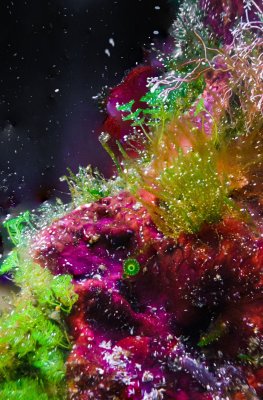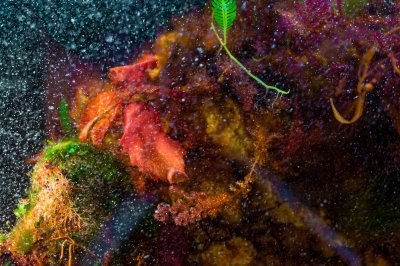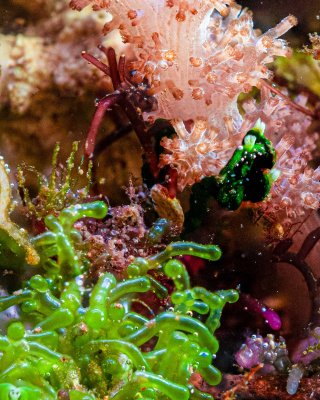crusso1993
7500 Club Member
View BadgesTampa Bay Reef Keepers
West Palm Beach Reefer
Hospitality Award
Ocala Reef Club Member
MAC of SW Florida
Its a family farm, have been moving back and forth from the city before but decided to make it more permanent this year. Thats why I moved my tanks here. You can look it up in IG, youtube and google as "Finca Dracula". I joke that I have experience with mountain reefs because some of the branches have moss and lichen that look like corals.
I actually started this project because I saw pictures of coldwater planted tanks, and they seemed so otherworldly that it inspired me to make a marine garden
Just followed you on IG. Wow! Amazing and beautiful surroundings not to mention your photography skills.








